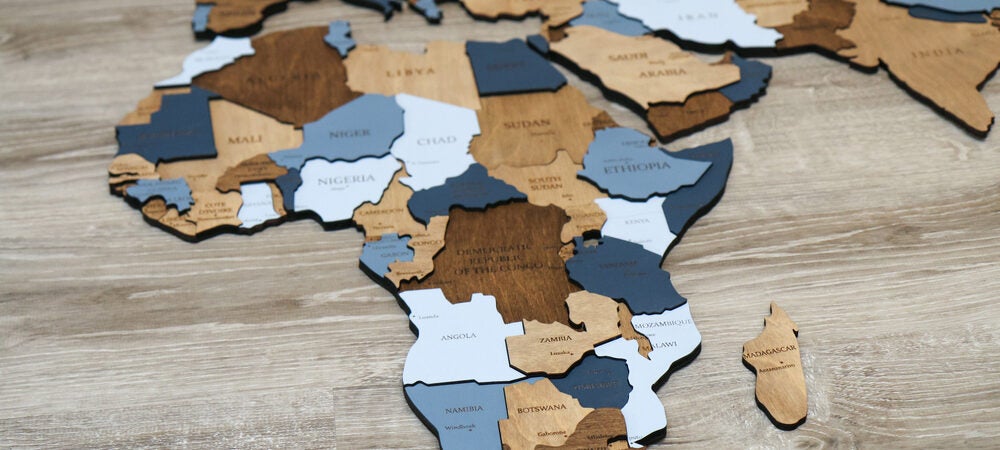Unlike in other regions of the world, the value of intra-Africa trade has remained low over the years. Moreover, Africa accounts for just 2 percent of global trade. In 2021, African countries launched the African Continental Free Trade Area (AfCFTA), which aims to create a single African market for the free movement of goods, services, labour, and capital, and increase intra-African trade. AfCFTA may be able to provide Indian firms and investors certain opportunities to tap into a larger, unified, and robust African market. This paper outlines those opportunities, and the concomitant challenges that need to be addressed in order for India to integrate with the African economy.
A free trade agreement allows for duty-free trade within a specified area, and members set their own tariffs on imports from non-members. The Organisation for Economic Cooperation and Development (OECD) adopts a broader notion that includes non-tariff barriers as well, defining a free trade area as “a grouping of countries within which tariffs and non-tariff trade barriers between the members are generally abolished but with no common trade policy toward non-members.” Countries in geographical proximity often enter into preferential trade agreements that allow member countries outside the boundaries of sovereign nations both market access and non-discriminatory treatment, among other facilities.
The North American Free Trade Agreement (NAFTA), for example, is a free trade area between the United States (US), Mexico, and Canada; the Association of Southeast Asian Nations (ASEAN) Free Trade Area is an arrangement between the ten ASEAN member states; the South Asian Free Trade Area (SAFTA) is the free trade arrangement of the South Asian Association for Regional Cooperation (SAARC); and the African Continental Free Trade Area (AfCFTA) is an agreement between 54 out of 55 African Union members.
This paper focuses on the AfCFTA. It outlines the benefits of the AfCFTA and weighs such potential against the challenges. It then discusses how India can harness the potential of the agreement.
ORF_OccasionalPaper_347_AfricanFTATo read the full report by the Observer Research Foundation, please click here.

